At the end of my time in Colorado I began to read Che Guevara’s Motorcycle Diaries, and though his descriptive style is unparalleled for the entirety of the journal, one comment he made in the presence of Northern Chilean mountains was particularly relevant to my recent experiences at a high altitude. Che describes a peak that is “defenseless against attacks of wind and water”1 and I can clearly visualize the expanse of mountains near the Continental Divide in Colorado, exposed to the elements and thus in a perpetual state of weathering.
The forms of these mountaintops are shaped almost entirely by weathering. After the mass of the Rockies were thrusted vertically from tectonic plate collisions 70 million years ago, their peaks and valleys were defined by glacial erosions about 15 thousand years ago.2 What makes this stretch of the Rocky Mountains especially interesting, however, is that while most mountains occur at sites of tectonic activity, this range is thousands of miles from the nearest fault line. Today, geologists are still actively debating how these mountains were formed and how they remain standing at their size - a mystery that continues to shape our understanding of continental uplift.3
Regardless, these mountains contain an aura of mystery. To walk along one of these ridges is a a vivid sensory experience. There’s a sense of both peace, which you can feel in the silence and inaction of that altitude, and a sense of violence, in the volatility of natural forces that was clearly required to form such a landscape. It’s precisely the tension between these two qualities that makes the experience of these places so unforgettable.
Guevara, Ernesto. The Motorcycle Diaries: Notes on a Latin American Journey. Translated by Alexandra Keeble, Ocean Press, 2003.
U.S. Geological Survey. Geology of Rocky Mountain National Park. Geology and Ecology of National Parks, U.S. Geological Survey, n.d. Web. www.usgs.gov/geology-and-ecology-of-national-parks/geology-rocky-mountain-national-park
The 200‑Million‑Year Formation Of The Rocky Mountains. YouTube, January 2024.
.




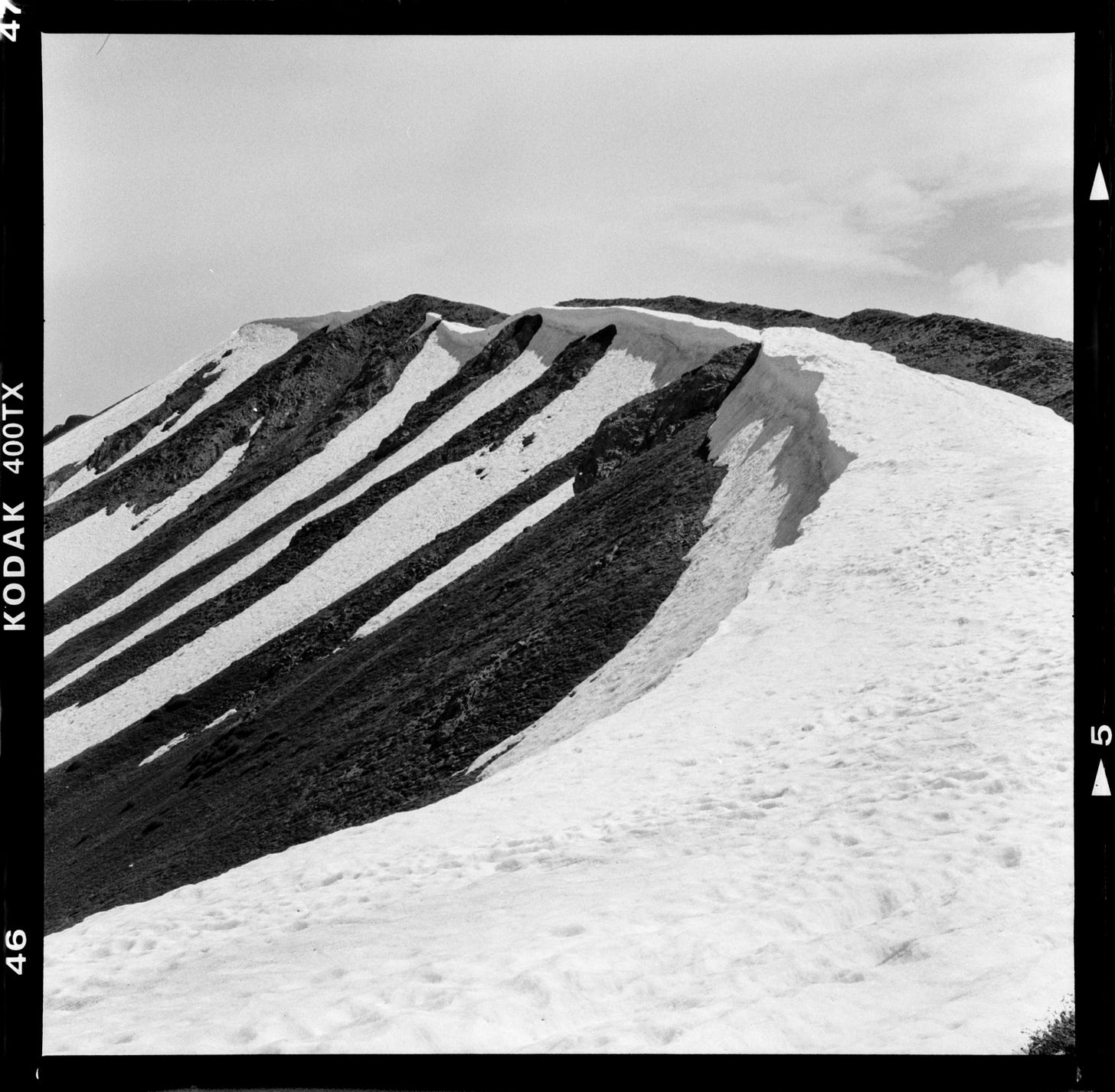

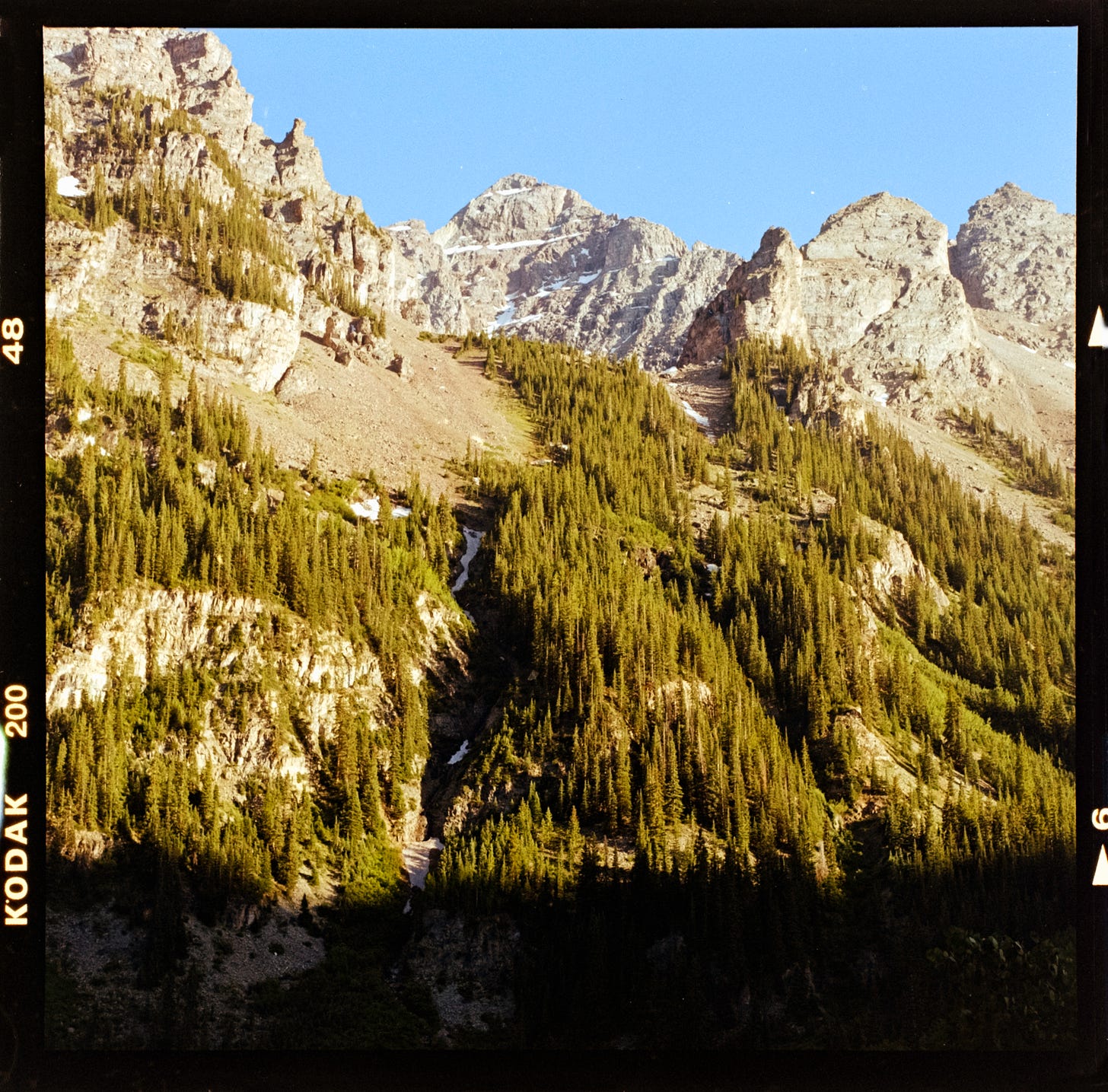
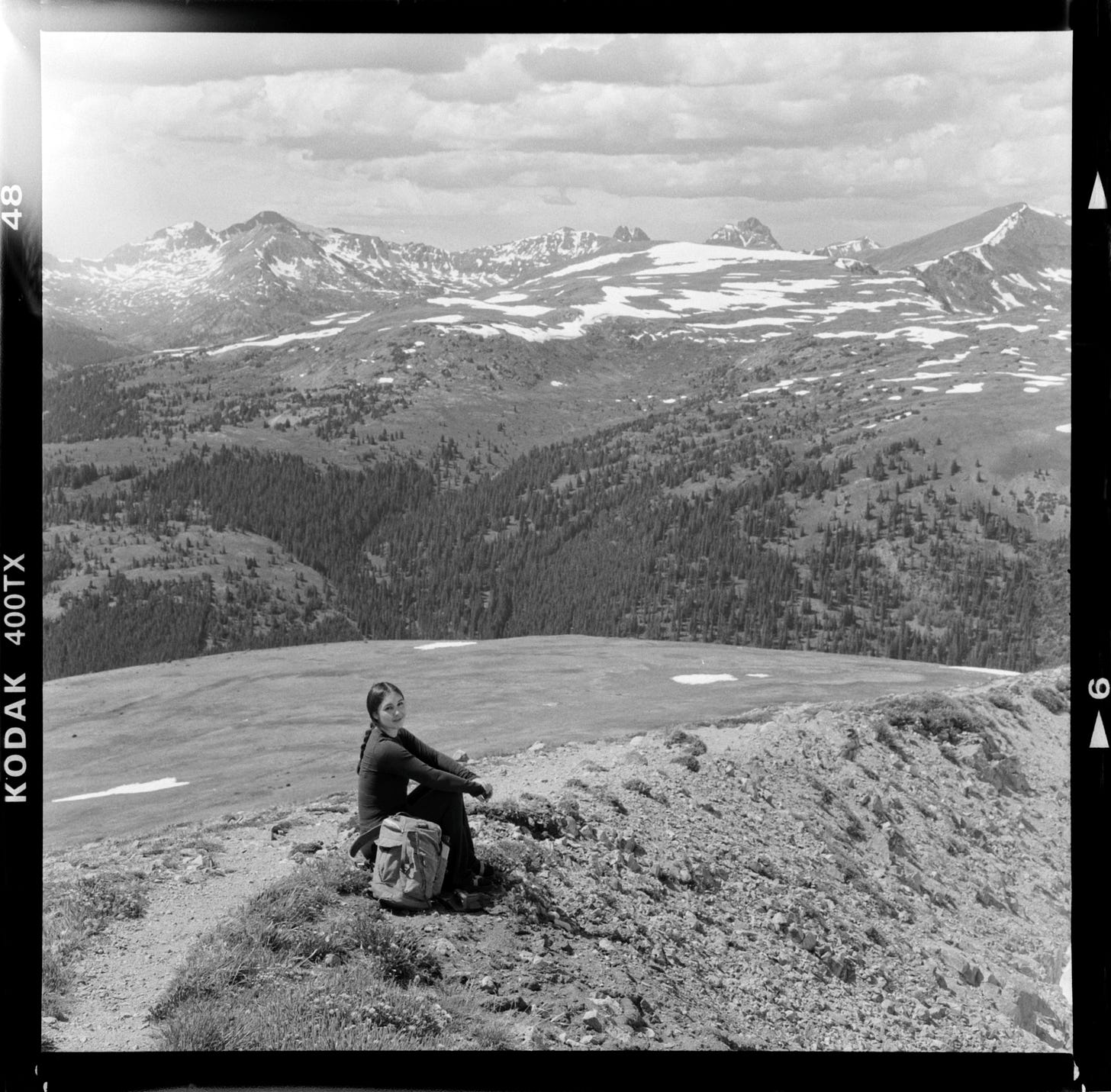


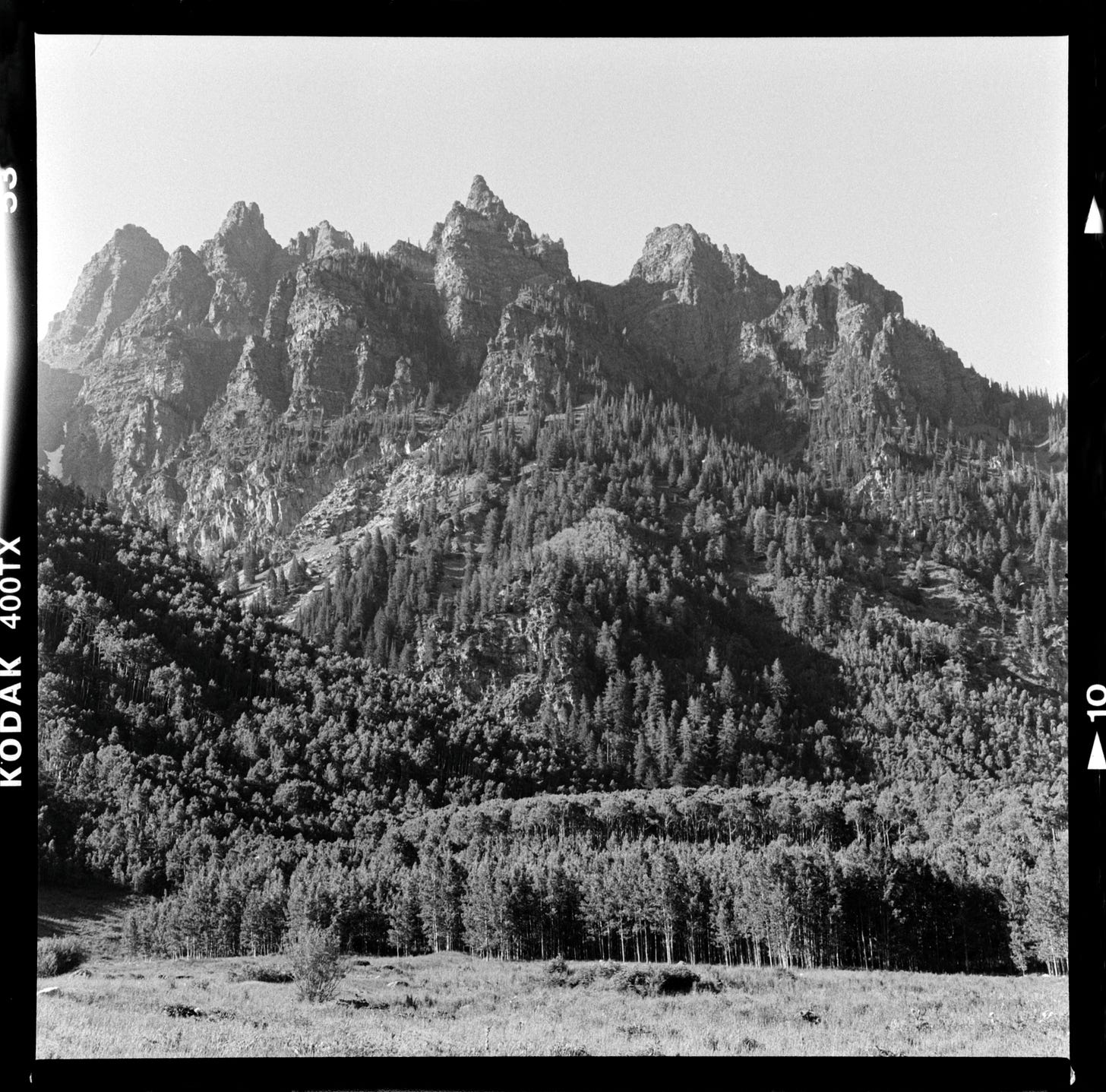
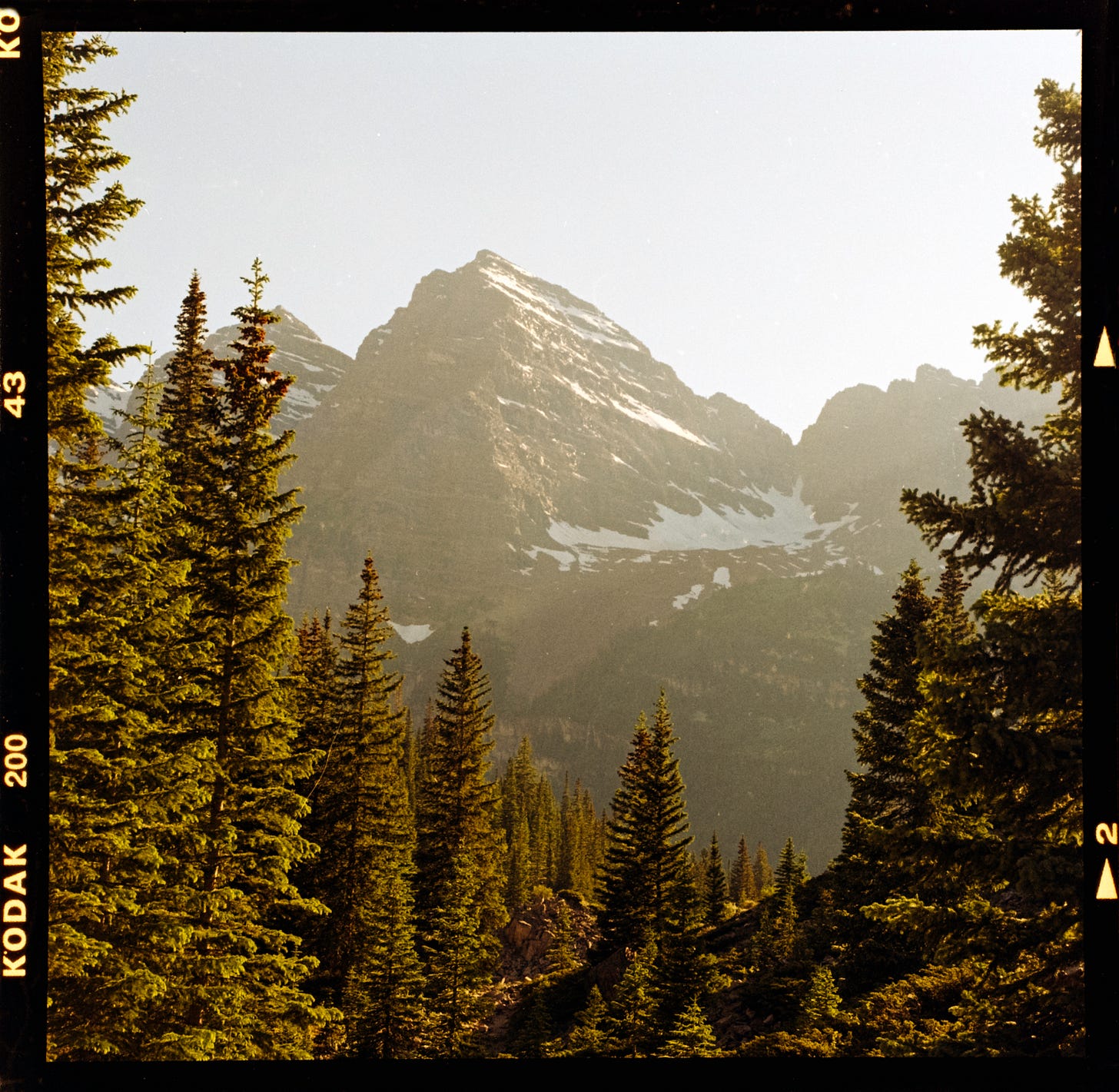
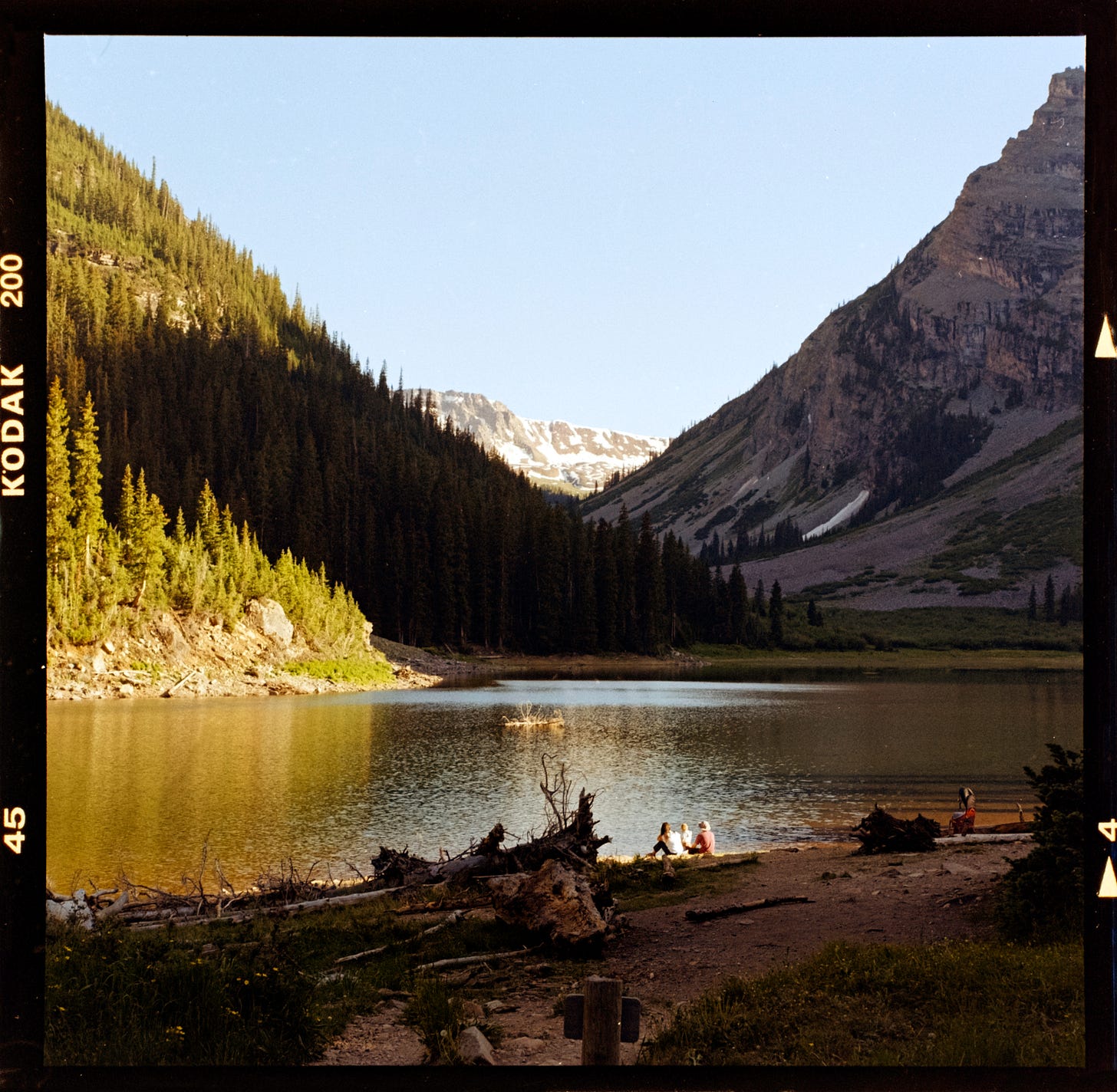

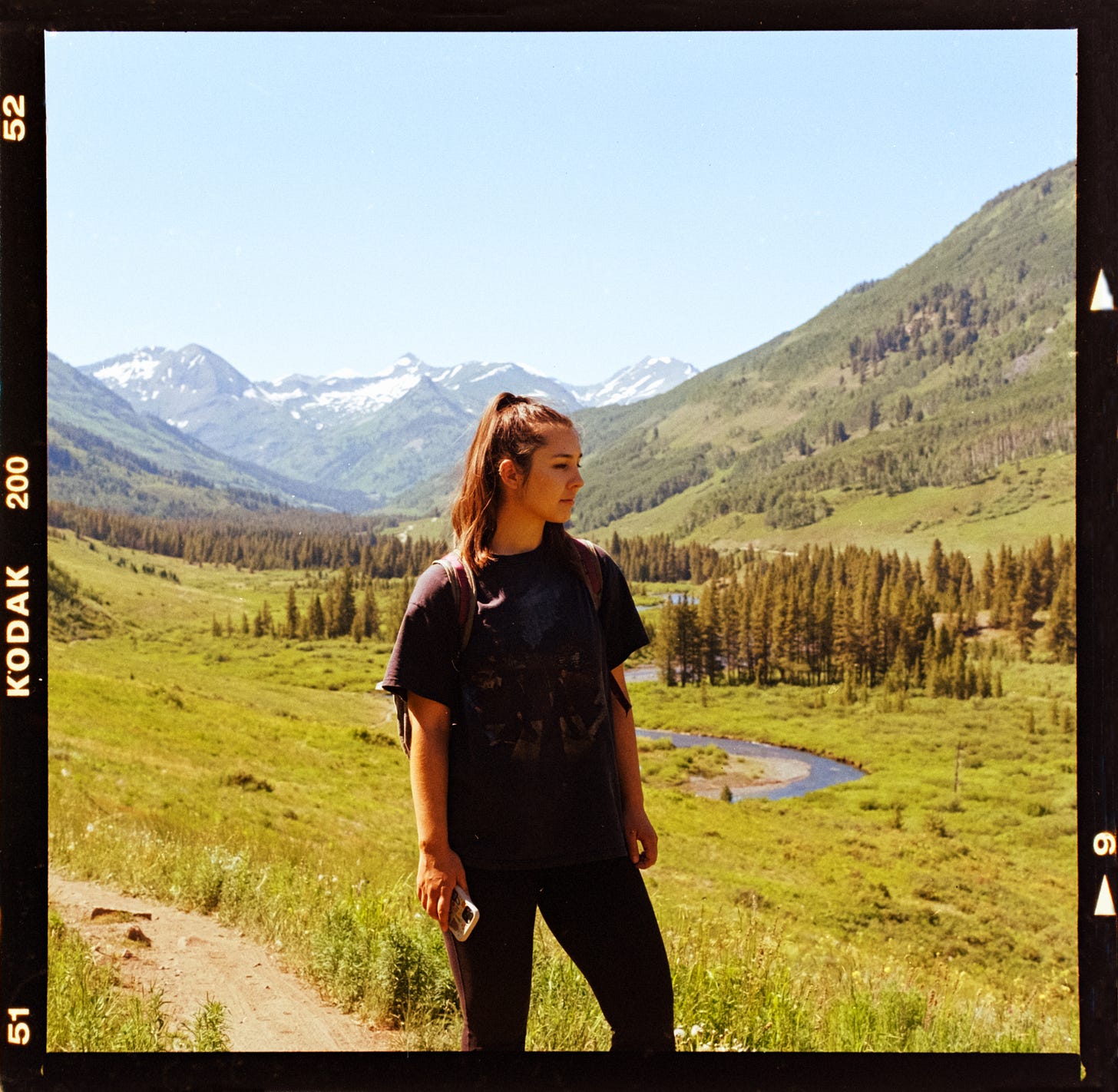

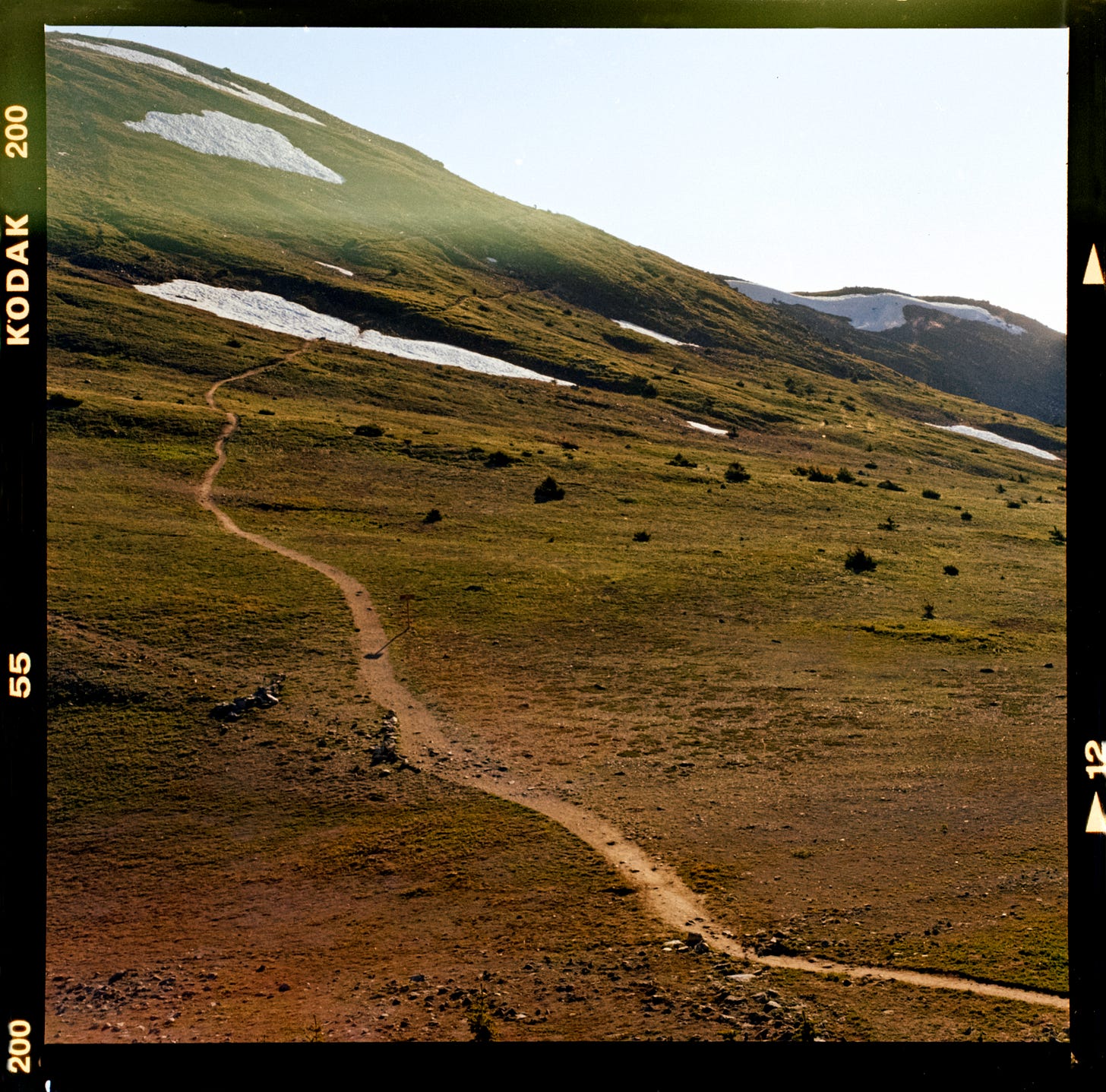
How coincidental—I was also thinking about reading Motorcycle Diaries recently! Also, that’s is incredibly fascinating that the Rockies are so far from any fault line. I love the geology you include in your writing.